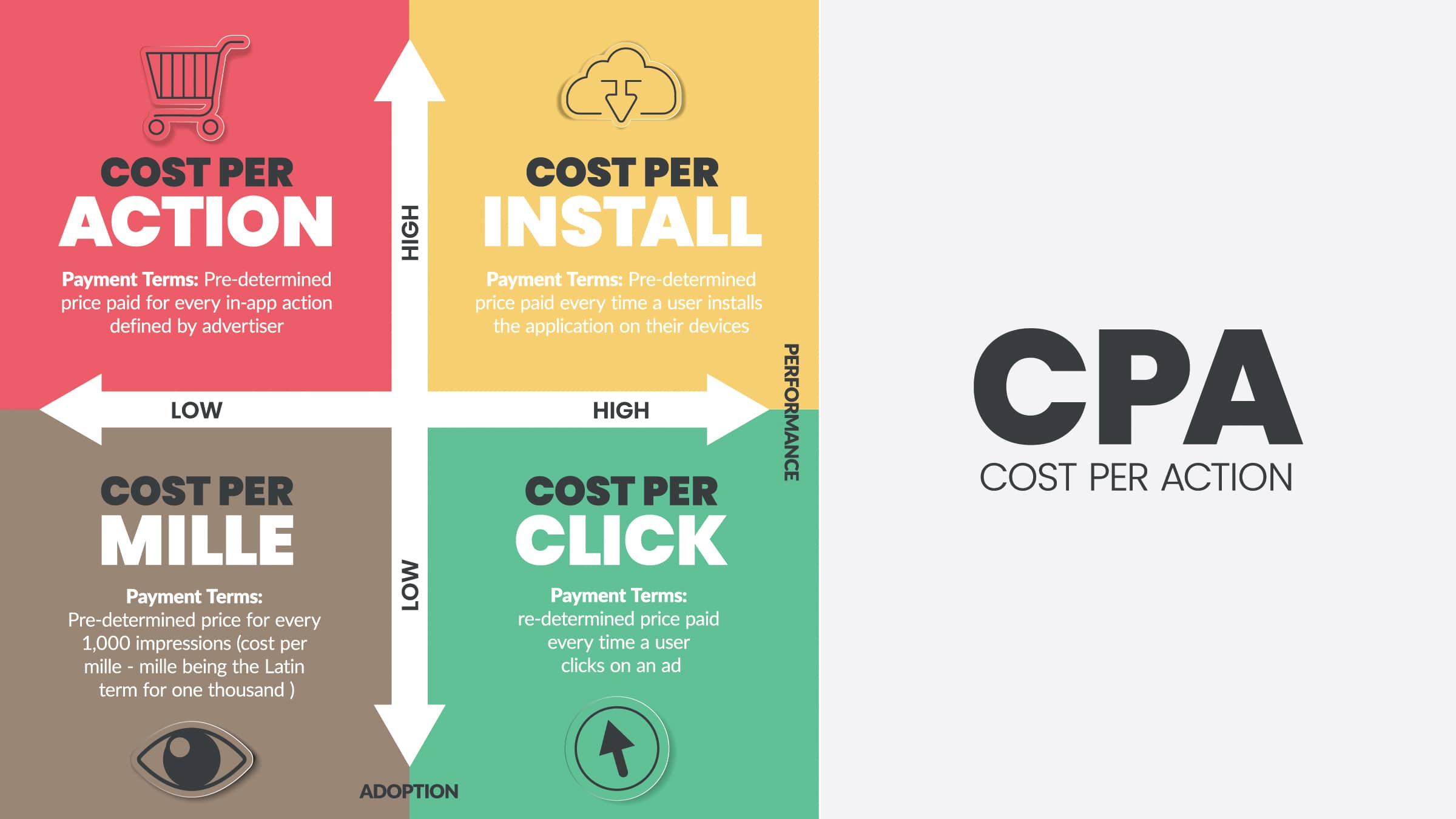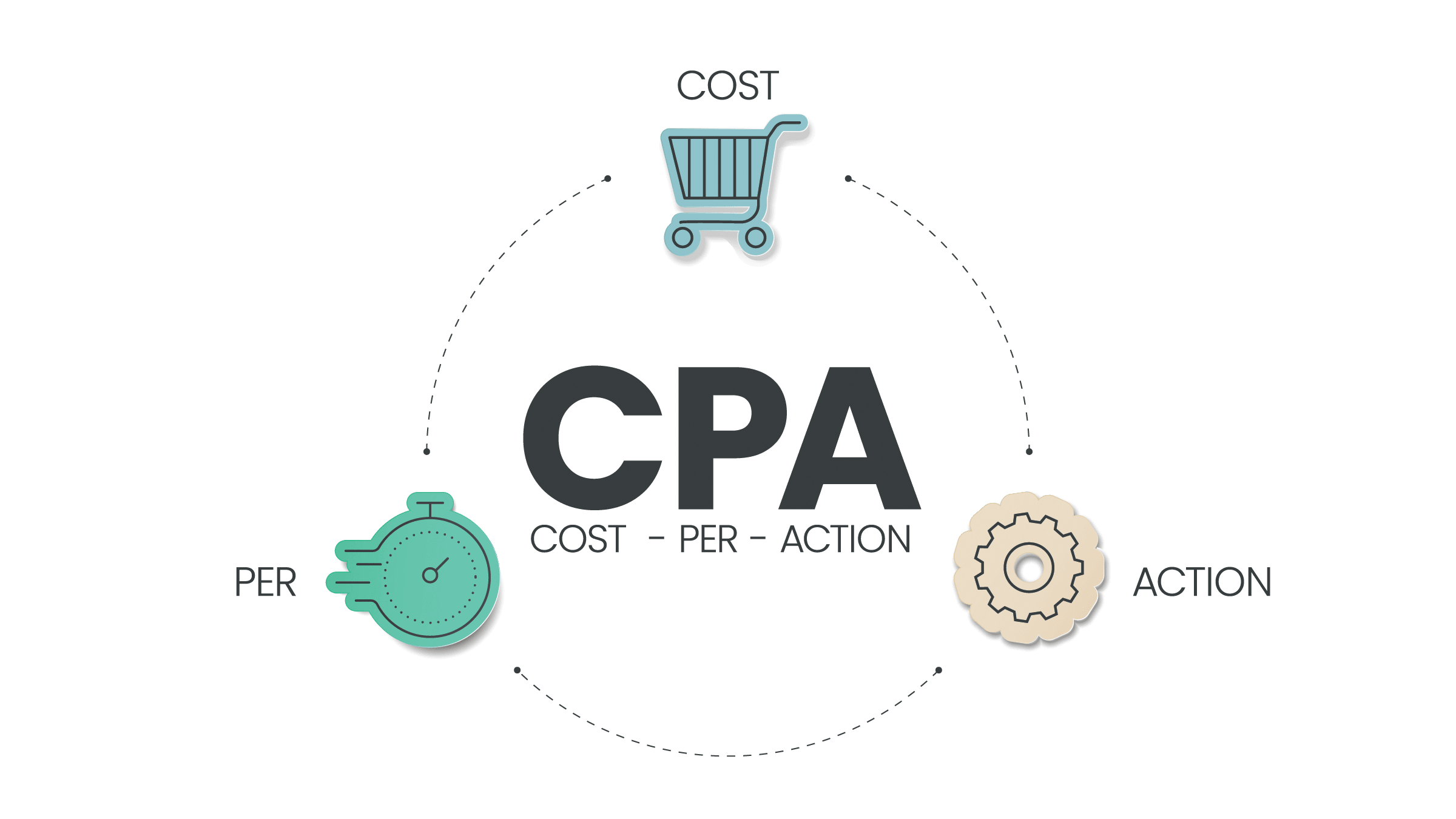
The CPA Model of Affiliate Marketing and Its Benefits
Affiliate marketing is a great option for any business that wants to increase its profits. With the CPA Model of affiliate marketing, brands can gain more control over their marketing budget and other factors. In this article, we will look at what affiliate marketing’s CPA Model is and how it can give brands more control. We will also list seven tips to help improve your conversion rates with this model.
What is a CPA in Affiliate Marketing?
CPA stands for Cost Per Action and is an affiliate marketing model where businesses pay affiliates or publishers to successfully complete an action. This action can be anything from a lead, a sale, or a recurring payment. The CPA model involves three parties: the affiliate or publisher, the business or advertiser, and the CPA network.
Six Benefits of CPA Marketing:
The CPA Marketing Model:
There are three major categories of CPA marketing: pay-per-sale, pay-per-action, and recurring payments. With pay-per-sale, businesses pay affiliates or publishers when a sale is completed. With pay-per-action, businesses pay affiliates or publishers when an action is completed, such as a lead or a sign-up. With recurring payments, businesses pay affiliates or publishers when a customer signs up for a subscription or other recurring payment plan.

Cost Per Action Diagram
7 CPA Marketing Tips to Improve Conversion Rates:
Final Thoughts on How Affiliate Marketing’s CPA Model Gives Brands More Control and More Profit:
By using the CPA Model of affiliate marketing, brands can gain more control over their marketing budget and increase their profits. To get the most out of this model, businesses should focus on providing high-quality content, utilize data from previous campaigns, optimize their landing pages, invest in testing, offer incentives, automate as much of the process as possible, and track progress.
FAQ about The CPA Model

The CPA Model of Affiliate Marketing and Its Benefits
Affiliate marketing is a great option for any business that wants to increase its profits. With the CPA Model of affiliate marketing, brands can gain more control over their marketing budget and other factors. In this article, we will look at what affiliate marketing’s CPA Model is and how it can give brands more control. We will also list seven tips to help improve your conversion rates with this model.
What is a CPA in Affiliate Marketing?
CPA stands for Cost Per Action and is an affiliate marketing model where businesses pay affiliates or publishers to successfully complete an action. This action can be anything from a lead, a sale, or a recurring payment. The CPA model involves three parties: the affiliate or publisher, the business or advertiser, and the CPA network.
Six Benefits of CPA Marketing:
The CPA Marketing Model:
There are three major categories of CPA marketing: pay-per-sale, pay-per-action, and recurring payments. With pay-per-sale, businesses pay affiliates or publishers when a sale is completed. With pay-per-action, businesses pay affiliates or publishers when an action is completed, such as a lead or a sign-up. With recurring payments, businesses pay affiliates or publishers when a customer signs up for a subscription or other recurring payment plan.

Cost Per Action Diagram
7 CPA Marketing Tips to Improve Conversion Rates:
Final Thoughts on How Affiliate Marketing’s CPA Model Gives Brands More Control and More Profit:
By using the CPA Model of affiliate marketing, brands can gain more control over their marketing budget and increase their profits. To get the most out of this model, businesses should focus on providing high-quality content, utilize data from previous campaigns, optimize their landing pages, invest in testing, offer incentives, automate as much of the process as possible, and track progress.




